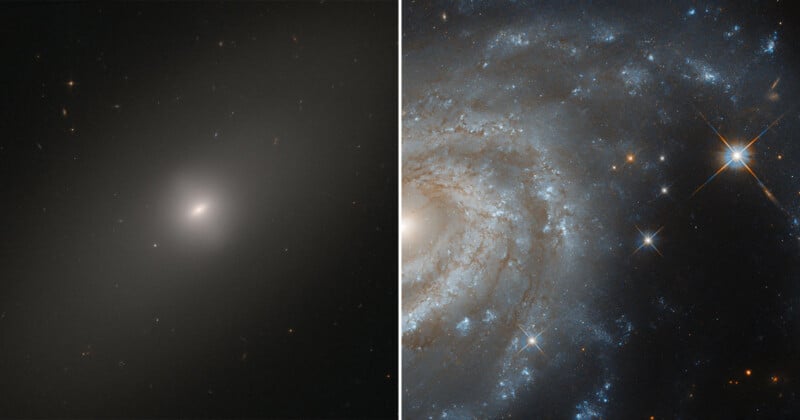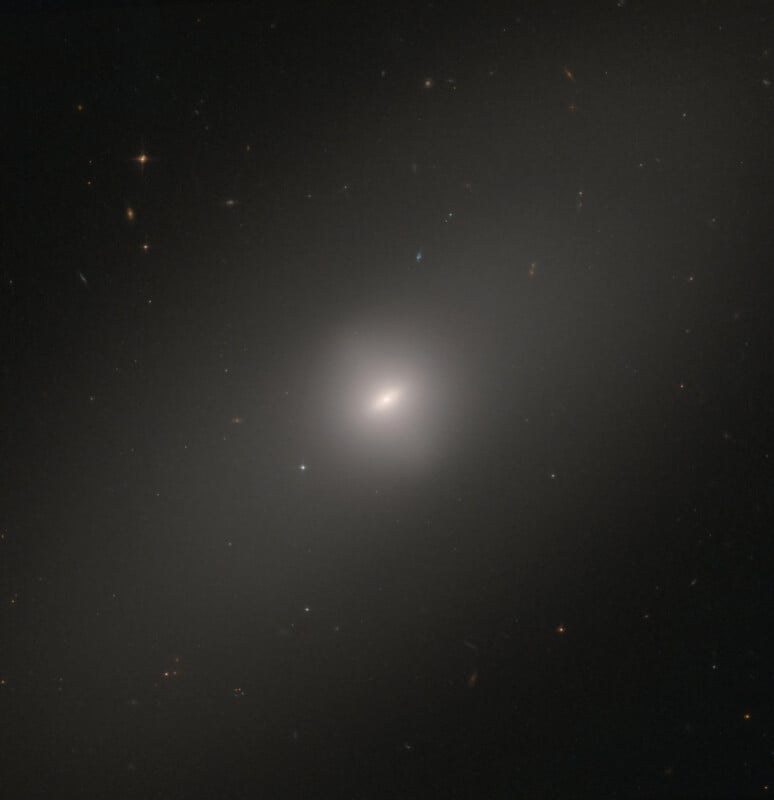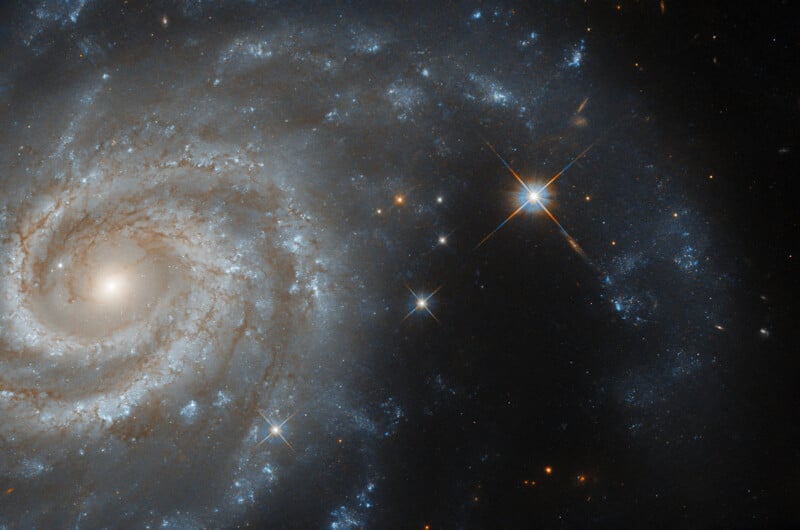Hubble Shows a Peaceful, Aged Galaxy and a Spiraled Supernova Remnant

Not to be outdone by the James Webb Space Telescope and its beautiful new nebula image, the Hubble Space Telescope delivered a pair of fresh new space photos this week.
The first image shows a galaxy, NGC 3384, as it settles into old age — not unlike Hubble itself. The galaxy is an elliptical galaxy in the constellation Leo about 35 million light-years away. Research has determined through color analysis that more than 80% of NGC 3384’s stars are more than a billion years old.

“Such galaxies glow diffusely, are rounded in shape, display few visible features, and rarely show signs of recent star formation. Instead, they are dominated by old, aging, and red-hued stars. This stands in contrast to the liveliness of spiral galaxies such as our home galaxy, the Milky Way, which possess significant populations of young, blue stars in spiral arms swirling around a bright core,” NASA says of elliptical galaxies like NGC 3384.
Alongside the relatively serene scene of NGC 3384 against a calm, dark backdrop, the European Space Agency (ESA) has showcased the spiral galaxy IC 438.

IC 438 is about 130 million light-years from Earth in the constellation Lepus (the Hare). Lepus is one of 88 constellations officially recognized by the International Astronomical Union (IAU). Although IC 438 is in the constellation, that doesn’t mean it is part of it, “as it is not a single star, but an entire galaxy!” ESA exclaims. Instead, it only means that IC 438 is visible in the region of the sky covered by the constellation Lepus.
Scientists became interested in IC 438 because of a type lax supernova in 2017. This is a special kind of supernova that occurs from a binary system of two stars.
“While this data was obtained over three years after the supernova occurred, and so it’s not visible in this image, there’s still a lot to learn from studying the aftermath of supernovae like this one,” ESA explains.
Supernova remnants are all the rage these days. The Hubble Space Telescope team released an image last week of UGC 5189A, a galaxy that hosted supernova explosion SN 2010jl in 2010.